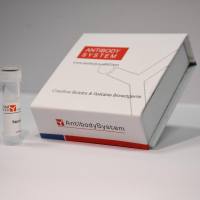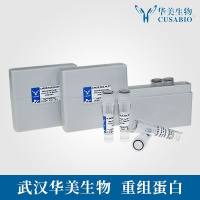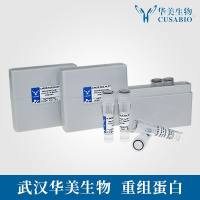Neutralization of the In Vivo Activity of E. Coli-Derived Lipopolysaccharide by Cationic Peptides
互联网
492
It has been established that at least three of the neutrophil-derived cationic antibiotic proteins, in addition to their antibiotic activity, can bind lipopolysaccharide. It is generally accepted that the binding to lipopolysaccharide, an outer membrane component of Gram-negative bacteria, is a necessary step for the antibacterial activity of CAP37 (cationic antimicrobial protein of 37 kDa molecular weight) (1 ,2 ), bactericidal permeability increasing protein (BPI/CAP57) (3 ), and CAP18 (4 ). It is apparent that a substance possessing the capacity to bind lipopolysaccharide and neutralize its biological activity has strong potential for use as a therapeutic intervention in sepsis. However, no matter how convincing the in vitro data, these substances and then derivatives must be tested in in vivo model systems for full characterization of binding and neutralization potency. Lipopolysaccharide-binding and neutralization of its biologic activity can be detected and quantified by monitoring specific in vivo responses induced by intravascular introduction of lipopolysaccharide into conscious, instrumented animals. The instrumentation of these animals permits measurement of definitive hemodynamic parameters and provides access to arterial and venous blood for determination of metabolic, hormonal, and immunologic function (5 –7 ). It is critical that these measurements are made in conscious animals since anesthetics have detrimental effects on the basal biological status as well as compensatory responses to a changing biological system such as those occurring after a lipopolysaccharide challenge (8 –10 ).









